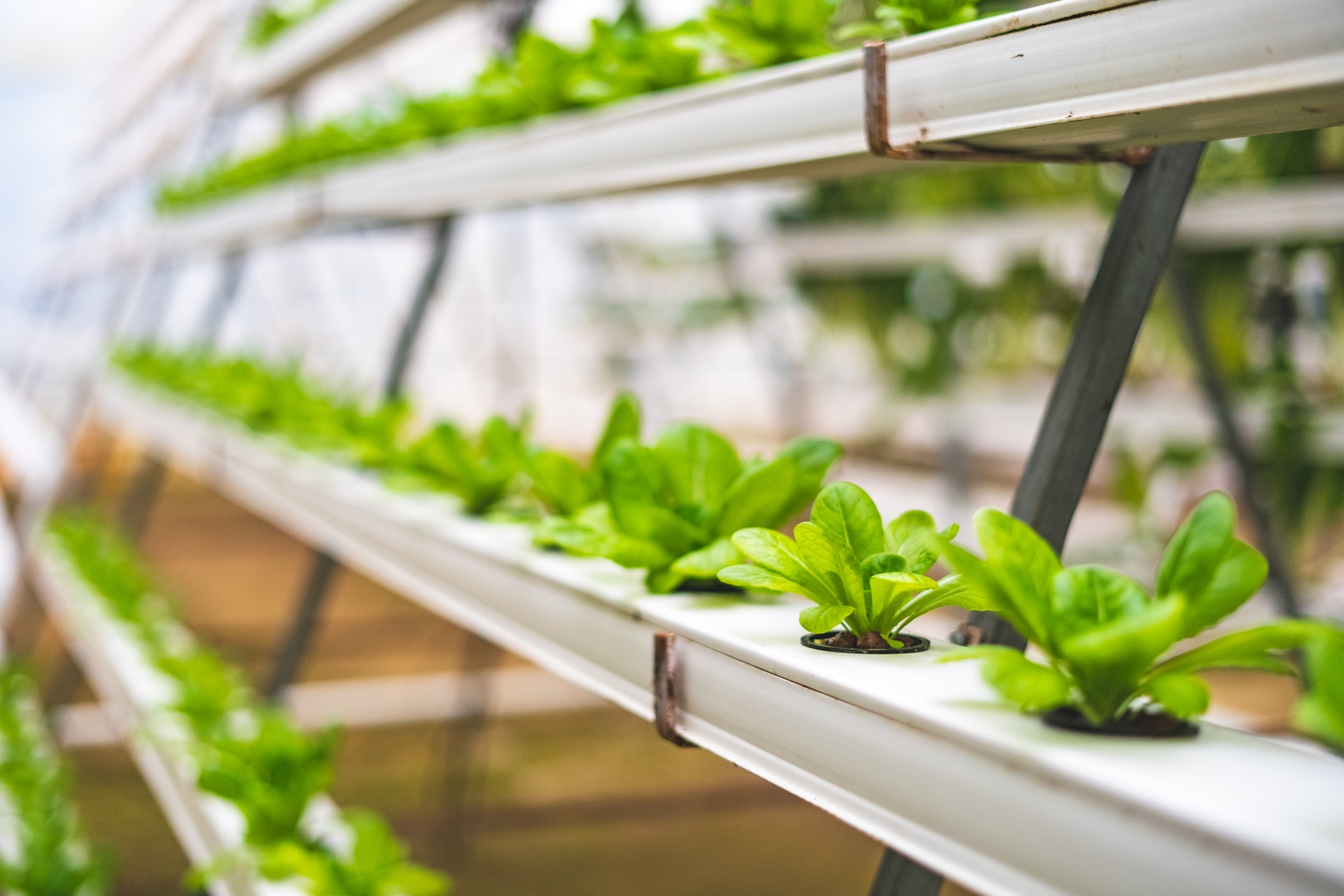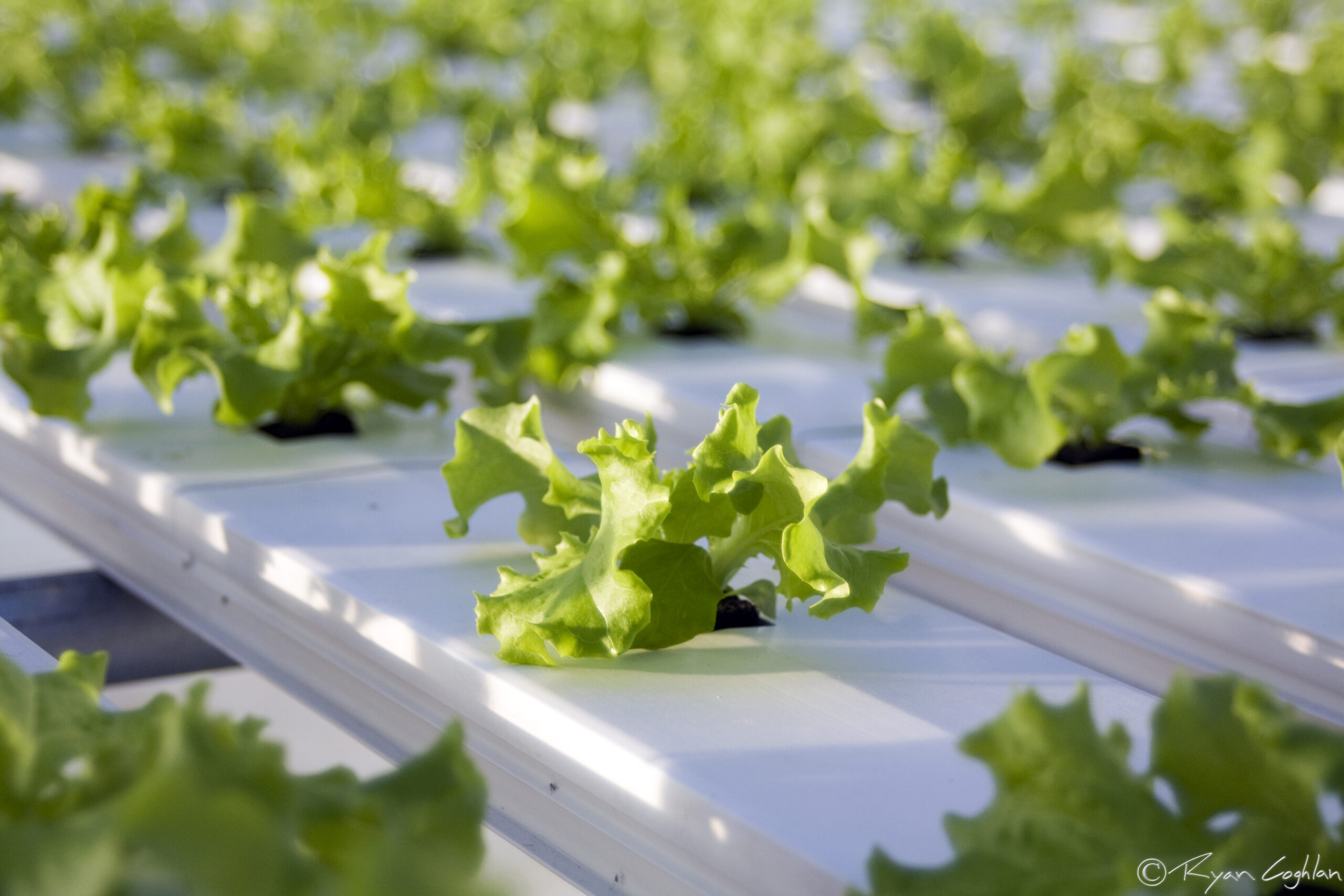In the evolving landscape of agriculture, innovation is at the forefront of change, driving the industry toward more sustainable and efficient practices. Among these innovations, hydroponics emerges as a revolutionary hero, witnessing unprecedented market growth.
This method of growing plants without soil, instead using nutrient-rich water, is not just a fleeting trend; it is a robust system challenging the traditional farming paradigms. Witness the paradigm shift in the food industry as chronicled in this Steemit feature, where the transformation and benefits brought by hydroponics are meticulously dissected.

1. Sustainability: The Green Heart of Hydroponics
Hydroponic systems herald a future where sustainability is woven into the fabric of agriculture. Using up to 90% less water than traditional soil-based cultivation, hydroponics demonstrates exceptional efficiency. The closed-loop systems recycle water, reducing waste and conserving this precious resource, making it a darling among environmental advocates and a vital tool in fighting global water scarcity.
2. Space and Flexibility: Farming in the Modern Era
In a world where space is at a premium, hydroponics shines with its space-efficient nature. It permits cultivation in areas where traditional farming might be impossible, such as urban locales and arid regions. Its flexibility allows for vertical farming practices, multiplying the usable space and enhancing the yield per square foot, creating opportunities for urban agriculture to flourish.
3. Consistent Yields: A Farmer’s Reliability
Hydroponics offers the boon of consistency to farmers. Shielded from the unpredictable whims of weather and soil conditions, hydroponically grown plants can be cultivated with a reliable yield year-round. This consistency enhances food security, making fresh produce available irrespective of seasons, thus playing a pivotal role in stabilizing market supply.
4. Nutrient-Rich Produce: A Healthful Bounty
The produce from hydroponic systems comes packed with nutrients, often surpassing the nutritional value of soil-grown counterparts. Tailored nutrient solutions allow for the optimization of plant growth, ensuring that plants receive exactly what they need to flourish. This targeted nutrition approach results in produce that is vibrant, tasty, and rich in essential nutrients.
5. Pesticide Reduction: Embracing a Cleaner Approach
Hydroponics often requires fewer pesticides than traditional agriculture due to its controlled environment. Decreased pesticide use results in cleaner, safer produce and reduced environmental impacts associated with pesticide runoff. It aligns with the rising consumer demand for organic and cleanly grown products, adding another feather to its sustainable cap.

6. Market Expansion: Riding the Wave of Popularity
The booming hydroponics market can be attributed to a fusion of technology and consumer consciousness. People are increasingly seeking sustainable, local, and healthful produce aligning perfectly with what hydroponics offers. This alignment and technological advancements fuel a market expansion that seems poised for continued growth and diversification.
Conclusion: Sowing Seeds for a Prosperous Future
Hydroponics isn’t just altering the physical landscapes of agriculture; it’s reshaping the conceptual landscapes of food production and consumption. Unveiling numerous benefits such as sustainability, space efficiency, and consistency, hydroponics stands as a beacon of innovation, guiding the agriculture industry toward a flourishing future marked by sustainable success. Witnessing a booming market, it’s clear that hydroponics is surviving and thriving in the modern agricultural arena.

